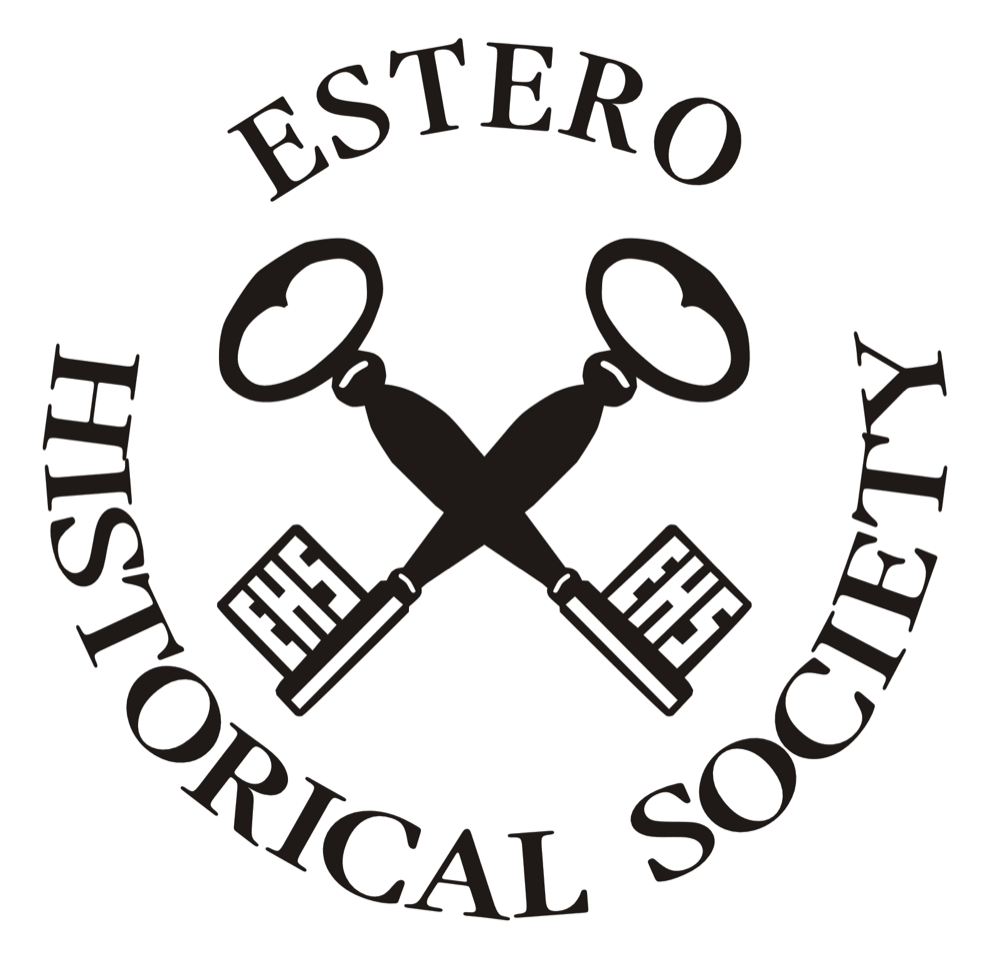
Mound Key : via FloridaStateParks.org
Framed in forests of mangrove trees, the shell mounds and ridges of Mound Key rise more than 30 feet above the waters of Estero Bay. Prehistoric Native Americans are credited with creating this island’s complex of mounds with an accumulation of seashells, fish bones, and pottery. Mound Key is believed to have been the ceremonial center of the Calusa Indians when the Spaniards first attempted to colonize Southwest Florida. In 1566, the Spanish governor of Florida established a settlement on the island with a fort and the first Jesuit mission in the Spanish New World. The settlement was abandoned three years later after violent clashes with the Indians. The only access to the island is by boat; there are no facilities. Interpretive displays can be found along a trail that spans the width of the island. It is located in Estero Bay, several miles by boat from Koreshan State Historic Site or Lovers Key State Park.
Nature of the Area
Bird and marine wildlife viewing are limitless. Dolphins and manatees are common sights along the island.
History of the Area
Mound Key Archaeological State Park is an archaeological island managed directly by Koreshan State Historic Site. This 125-acre island is located in the Estero Bay, and was created over 2,000 years ago by the indigenous tribe known as the Calusa, or ‘fierce people’. Acquisition of Mound Key by the State began in 1961. Of the 125 acres, 113 of those acres are managed by the park system.
The Calusa were a non-agricultural hunting and gathering Kingdom that inhabited the entire coast of Southwest Florida. Sustenance of the Calusa was composed primarily of shellfish and fish, which is apparent through the composition of the mounds that are the structure of the island. The substrate of the entire island is a composition of the remains of this amazing culture. The Calusa formed an extensive structure of mounds, water courts and canals whose features still exist today. Mounds were constructed by the collection and organization of ‘midden’ which is a collaboration of shells, fish and animal bone, and artifacts such as pottery. Islands that were created by the Calusa, such as Mound Key are sometimes called ‘trash-heaps’ as their composition is made from waste products of their culture. They are not however, just ‘heaps of Calusa garbage’ simply tossed aside, but intricate compositions of substrate that were used for a display of power, religious monuments, and as burial memorials. The intact state of these mounds is used by archaeologists to tell us the story of their culture, which is why it is important not to disturb any features on the island.
Mound Key, known as ‘Calos’ by the Calusa, was believed to be the center of their Kingdom. The Kingdom was comprised of an extensive network of shell islands that totaled into the hundreds. The Calusa dominated this area until Europeans encountered them in the 1500’s, which ultimately lead to their demise. Mound Key was not only inhabited by the Calusa, but there were many groups of settlers, such as the Koreshans, that made use of this indigenous-created island. The first Governor of Florida was appointed on Mound Key in 1566, and it was also the site of the first Jesuit mission, however short lived, in 1566 known as San Antonio de Carlos.
